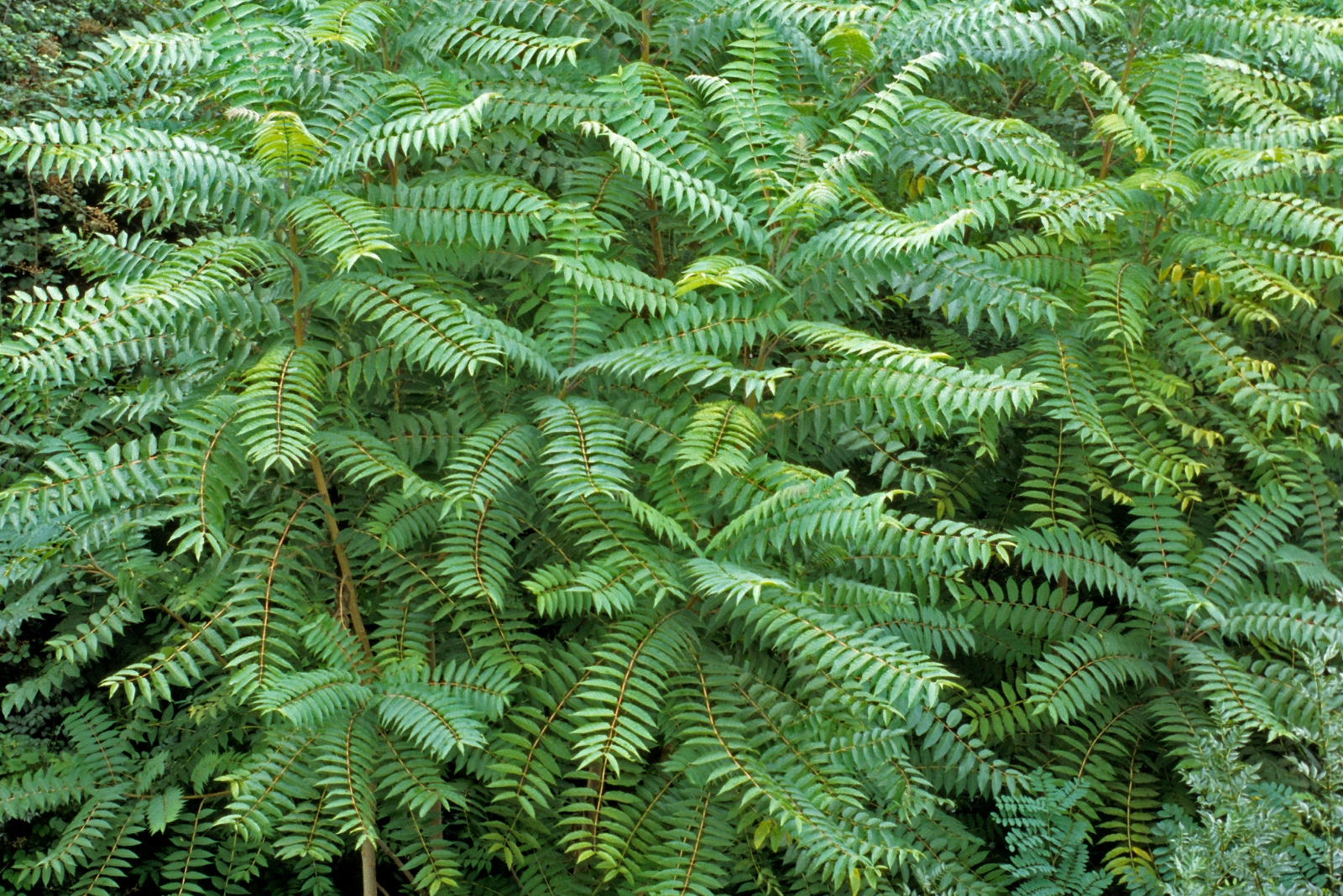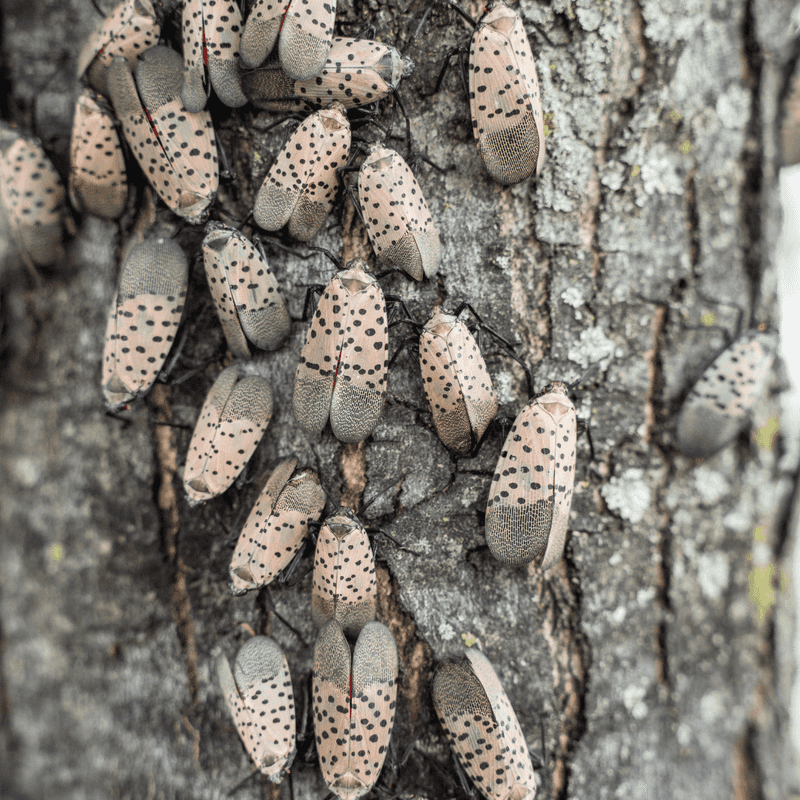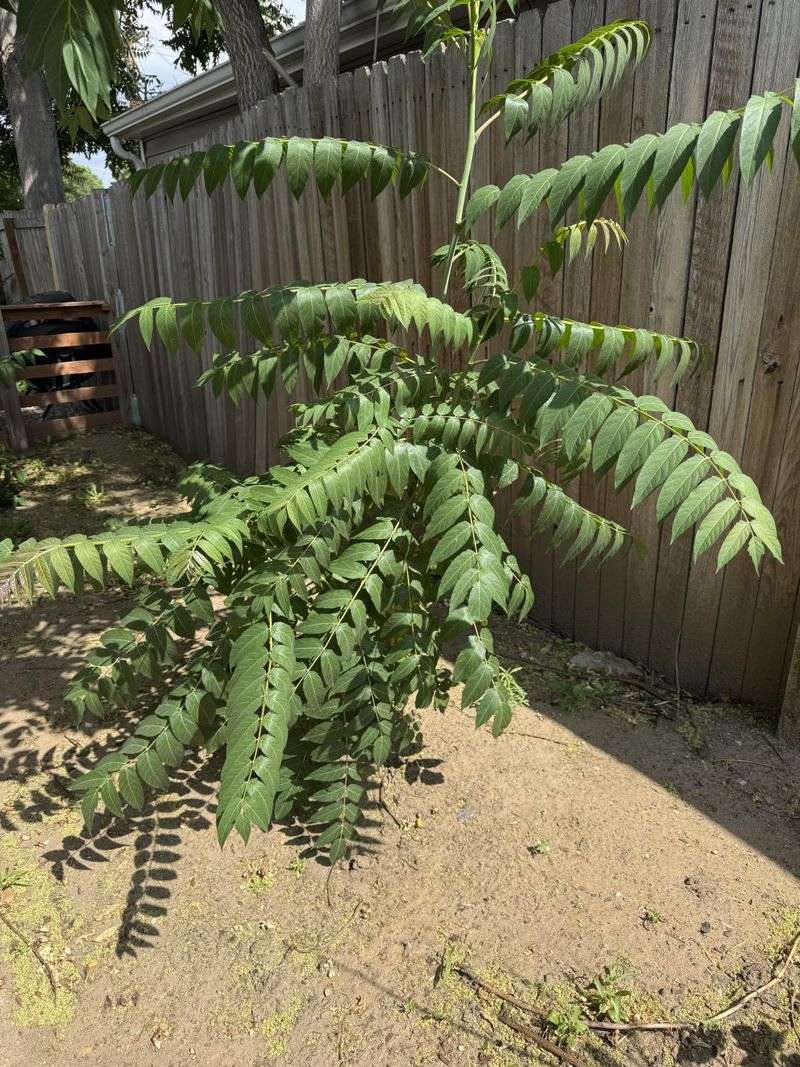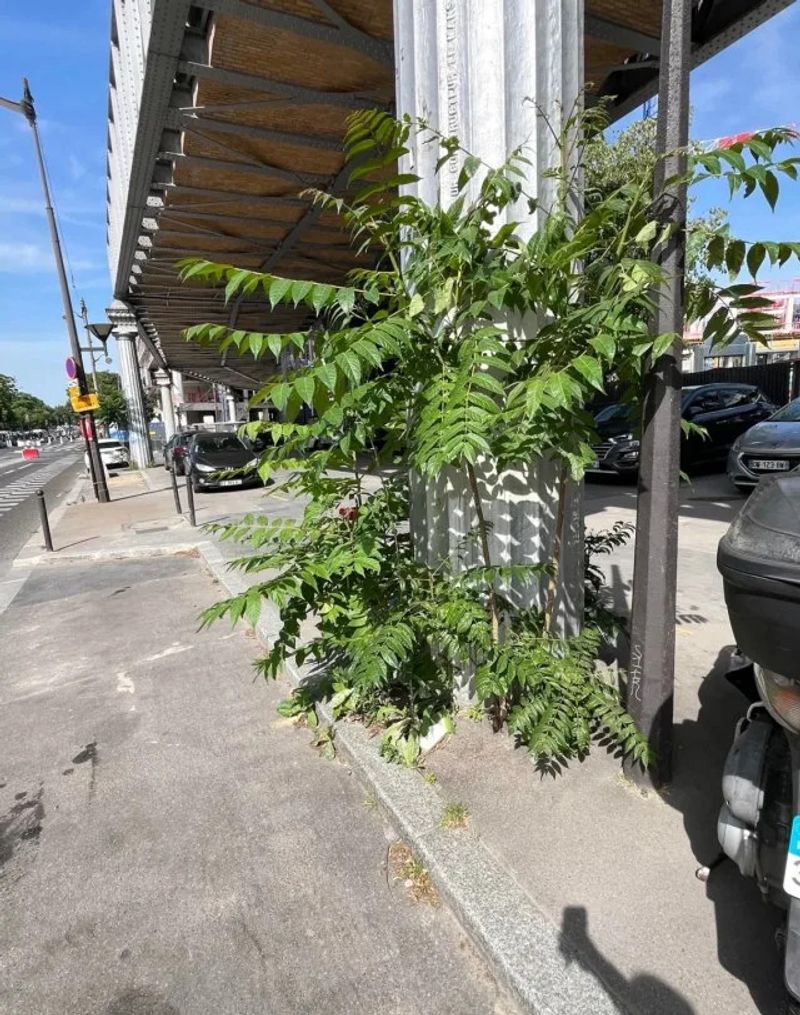Lanternflies spread fastest when their favorite host is nearby, giving them food, shelter, and a perfect place to reproduce.
When this fast-growing species shows up along streets, fence lines, and disturbed soil, it creates a launchpad for bigger infestations across neighborhoods. The plant making the problem harder to control in New Jersey is tree of heaven.
1. Originally From China, Not New Jersey
Believe it or not, the Tree of Heaven didn’t start its journey in New Jersey. It originally comes from China and parts of Taiwan, where it grew naturally for centuries.
American gardeners brought it over in the late 1700s because they thought it looked exotic and beautiful. Back then, nobody realized this tree would become such a troublemaker.
Now it grows wild across the entire state, spreading faster than most native trees can compete with.
2. Spotted Lanternflies Love It More Than Any Other Tree
Spotted lanternflies have a serious favorite when it comes to trees, and that’s the Tree of Heaven. Female lanternflies actually prefer laying their eggs on this tree’s bark over almost any other option.
The tree produces chemicals that attract these pests like a magnet. Young lanternflies also feed on the tree’s sap during their early life stages.
Without this tree around your New Jersey property, lanternfly populations would struggle to survive and spread so quickly.
3. It Grows Incredibly Fast And Takes Over Quickly
What makes the Tree of Heaven such a nightmare? Its incredible growth speed gives it an unfair advantage. A single tree can shoot up several feet in just one growing season.
Young trees can grow over six feet tall in their first year alone. This rapid growth lets them crowd out native New Jersey plants that grow at normal speeds.
Before you know it, your yard could be filled with dozens of these invasive trees.
4. The Smell Is Absolutely Awful
Ever walked past a tree that smelled like rotten peanut butter mixed with dirty gym socks? Congratulations, you probably found a Tree of Heaven!
When you crush the leaves or break a branch, it releases a truly disgusting smell. Some people compare it to burnt popcorn or spoiled milk.
This stinky characteristic actually helps you identify the tree, which is useful when you’re trying to remove it from your New Jersey property.
5. Cutting It Down Actually Makes The Problem Worse
You might think chopping down a Tree of Heaven would solve your problem, but that’s where things get tricky. When you cut one down, the roots respond by sending up dozens of new shoots.
One tree can turn into twenty smaller trees within months. The root system stays alive underground and keeps producing more growth.
Proper removal requires special techniques, including treating the stump with herbicides to kill those stubborn roots completely.
6. It Damages Buildings And Sidewalks With Powerful Roots
Those aggressive roots don’t just create more trees—they also destroy New Jersey property. The Tree of Heaven’s root system can crack concrete sidewalks, driveways, and even building foundations.
The roots spread far underground, seeking water and nutrients while pushing aside anything in their path. Homeowners often face expensive repairs because of this tree’s destructive underground network.
Planting near structures is especially risky since the roots show no mercy to human-made obstacles.
7. New Jersey Has Special Programs To Help Remove Them
Good news: you don’t have to fight this battle alone! New Jersey has recognized the serious threat these trees pose, especially with the lanternfly connection.
Many counties offer educational programs teaching residents how to identify and safely remove Tree of Heaven. Some areas even provide resources or assistance for removal projects.
Contact your local agricultural extension office to learn about programs available in your community and get expert advice on tackling these invasive trees.








